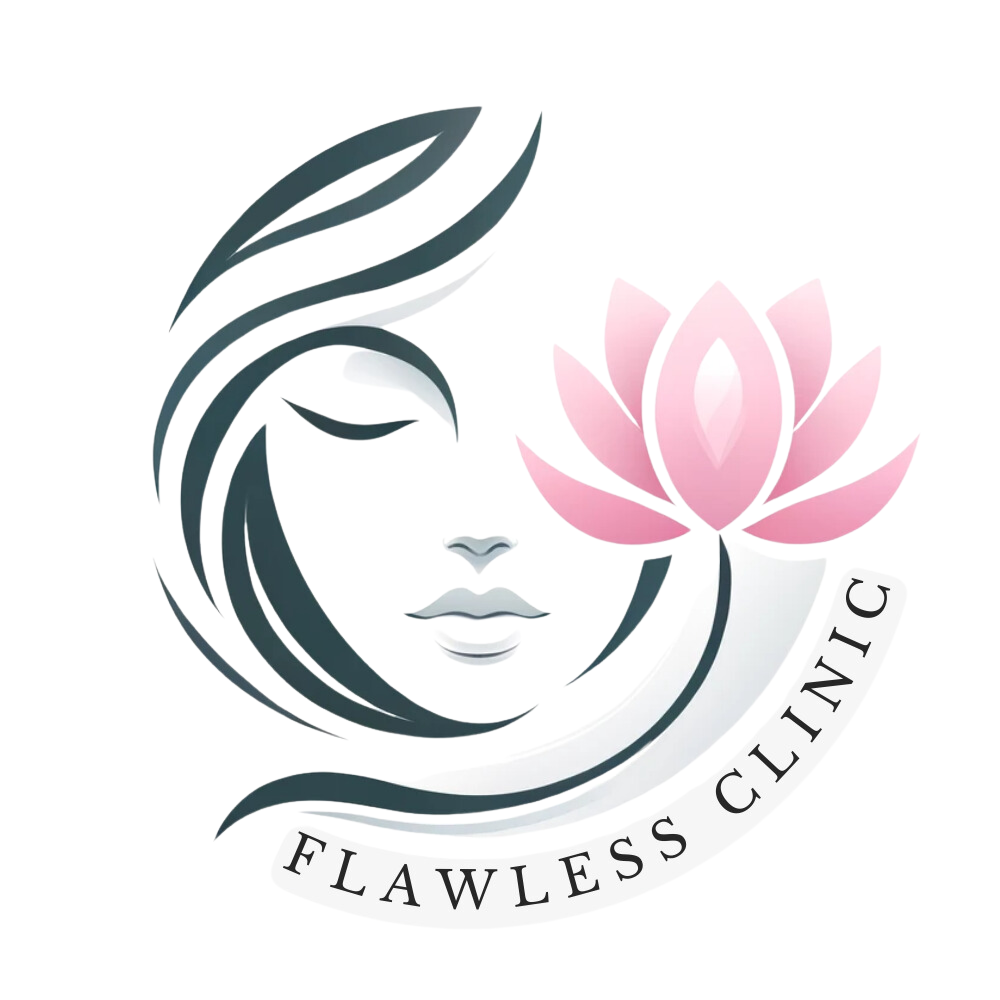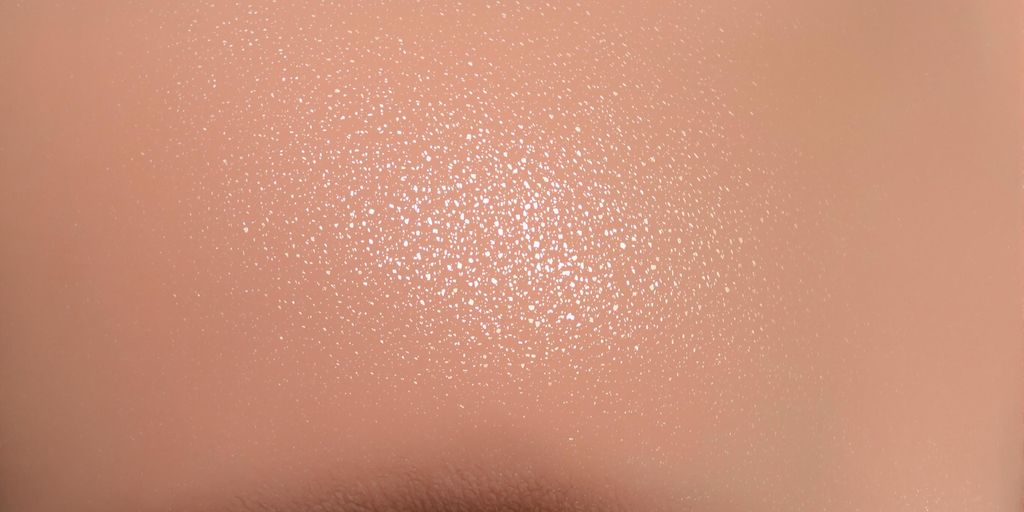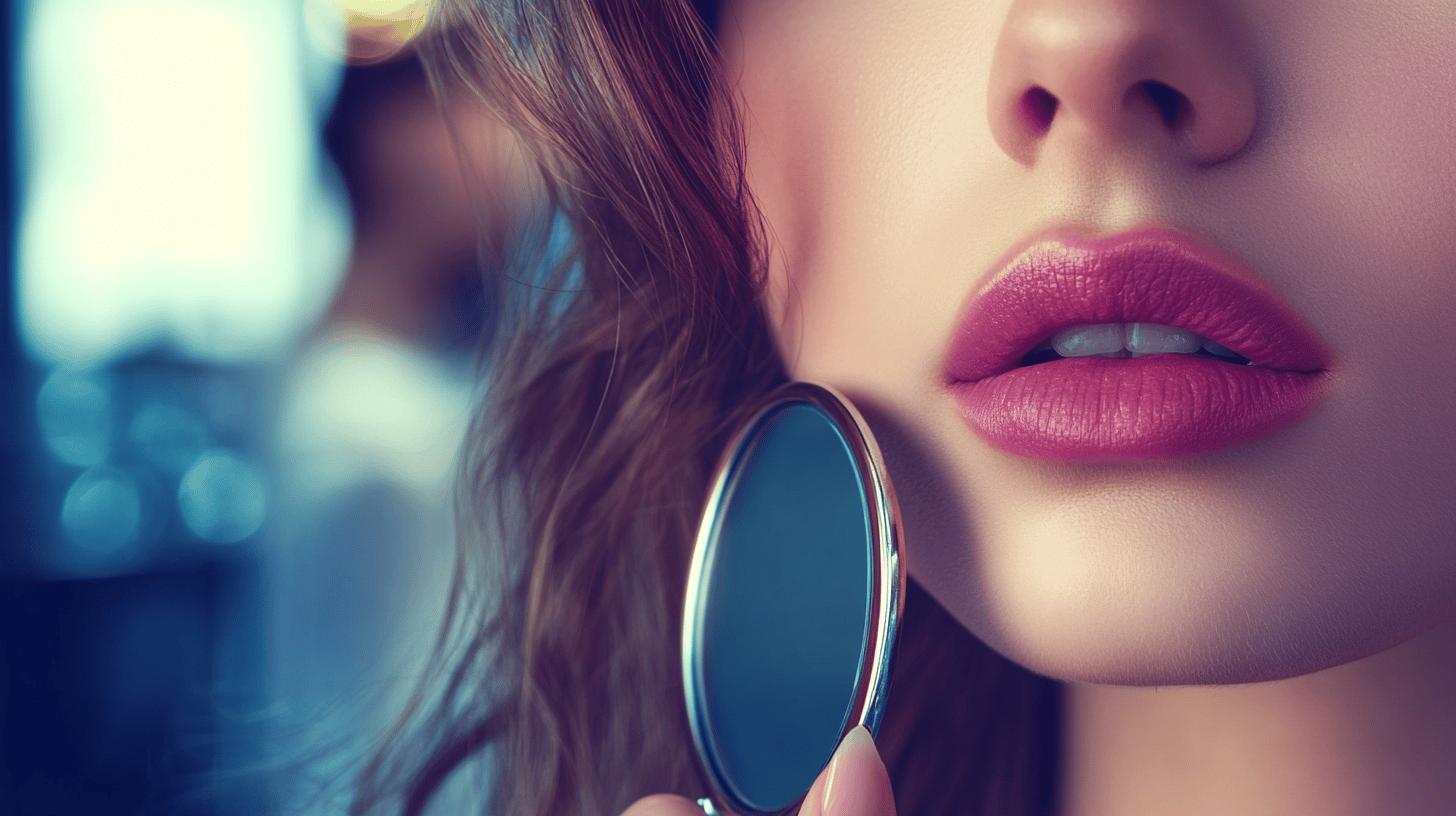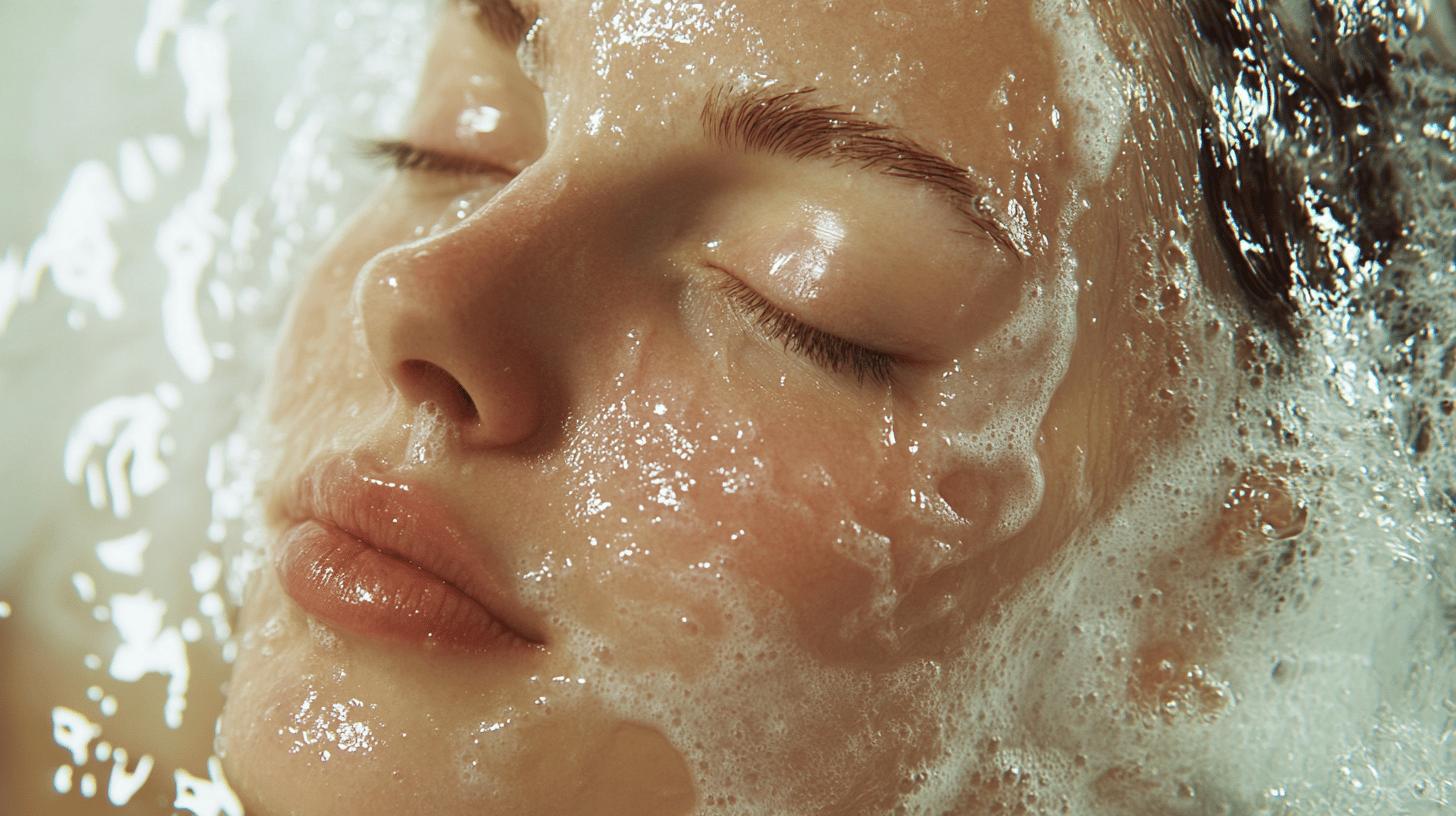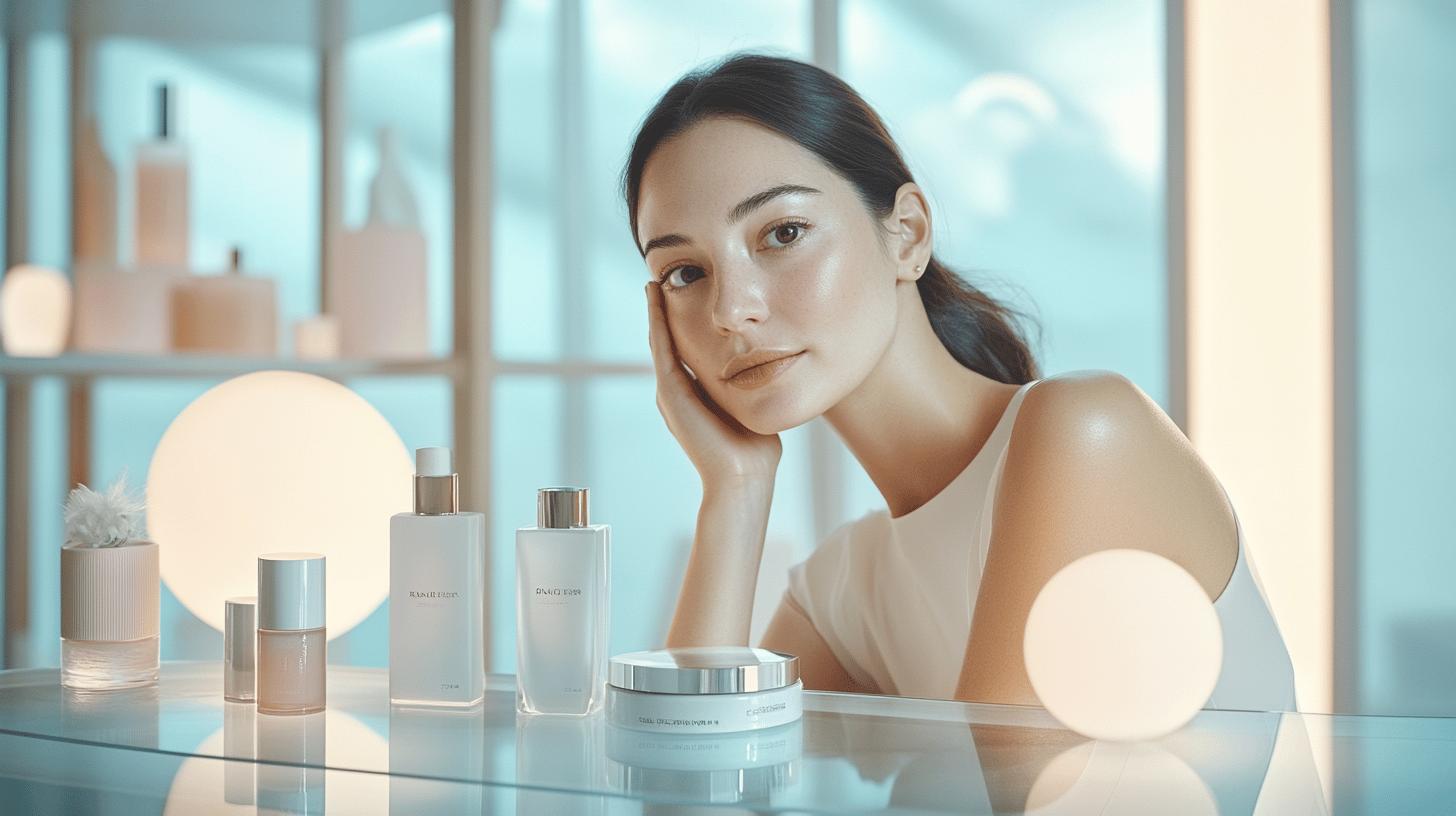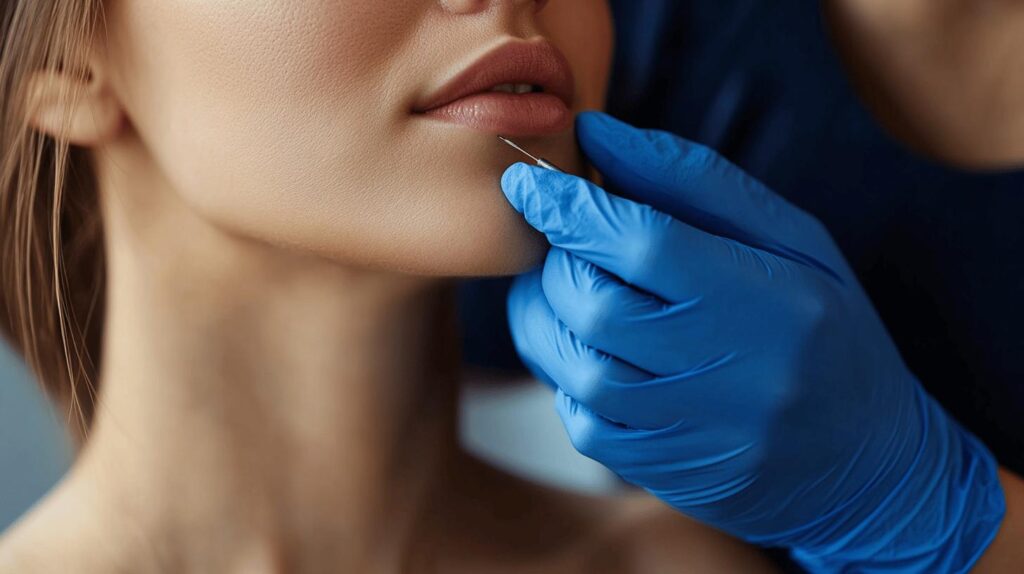Could smoother, more youthful skin be achieved through a series of tiny needle pricks? Microneedling, often likened to a rejuvenation miracle, is rapidly gaining popularity for its ability to transform skin texture and tone. Unlike traditional methods that risk skin tears, microneedling employs advanced technology to safely stimulate collagen and elastin production. In this comprehensive guide, learn how microneedling works, the striking benefits it offers, and how to ensure you maximise your results. Dive into the world of microneedling and discover the secrets to achieving optimal skin health and radiance.
What is Microneedling and How Does it Work?
Microneedling is a cosmetic procedure that utilises fine needles to create microscopic punctures in the skin. This process triggers the body’s natural wound-healing response, stimulating the production of collagen and elastin. It involves the use of a motorized instrument equipped with a disposable needle tip cartridge containing 12 micro-needles. These punctures promote skin renewal and rejuvenation, offering a safer alternative to traditional skin needling rollers by reducing the risk of skin tearing.
- Stimulates collagen and elastin production for firmer skin
- Improves skin texture and tone
- Reduces the appearance of scars and wrinkles
- Minimises large pores
Compared to older skin-needling technologies, microneedling offers several advantages. The precision of motorized devices allows for controlled depth and density of needle penetration, which enhances safety and effectiveness. Traditional rollers, on the other hand, can cause uneven skin penetration and increase the possibility of skin damage. By avoiding the tearing effects associated with manual rollers, microneedling ensures a more uniform treatment and better overall results.
Benefits and Results of Microneedling
Microneedling is renowned for its ability to boost collagen production, a crucial element in skin rejuvenation. Collagen is a protein that provides structure and strength to the skin, and its production naturally declines with age. By creating controlled micro-injuries, microneedling stimulates the body’s repair mechanisms, leading to an increase in collagen and elastin formation. This results in firmer, more resilient skin, which is fundamental to a youthful appearance.
The procedure significantly enhances skin texture and tone. By promoting cellular turnover and exfoliation, microneedling addresses various skin concerns, such as uneven texture and pigmentation. It is particularly effective in reducing the visibility of scars, wrinkles, and large pores. This improvement in skin quality leads to a smoother surface, which reflects light more evenly and creates a radiant complexion.
Users frequently report noticeable improvements in their skin’s appearance after a series of microneedling sessions. Many experience a reduction in the depth of scars and fine lines, along with a more even skin tone. These outcomes contribute to a rejuvenated look, often described as more youthful and refreshed. The cumulative effect of repeated treatments amplifies these benefits, yielding more pronounced results over time.
The long-term benefits of microneedling extend beyond immediate cosmetic improvements. Regular sessions can lead to sustained collagen production and ongoing skin renewal. This continuous rejuvenation process helps maintain skin health and vitality, delaying the visible signs of ageing. For those seeking a non-invasive method to preserve their skin’s youthful qualities, microneedling offers a reliable solution with both immediate and lasting effects.
What to Expect During a Microneedling Session
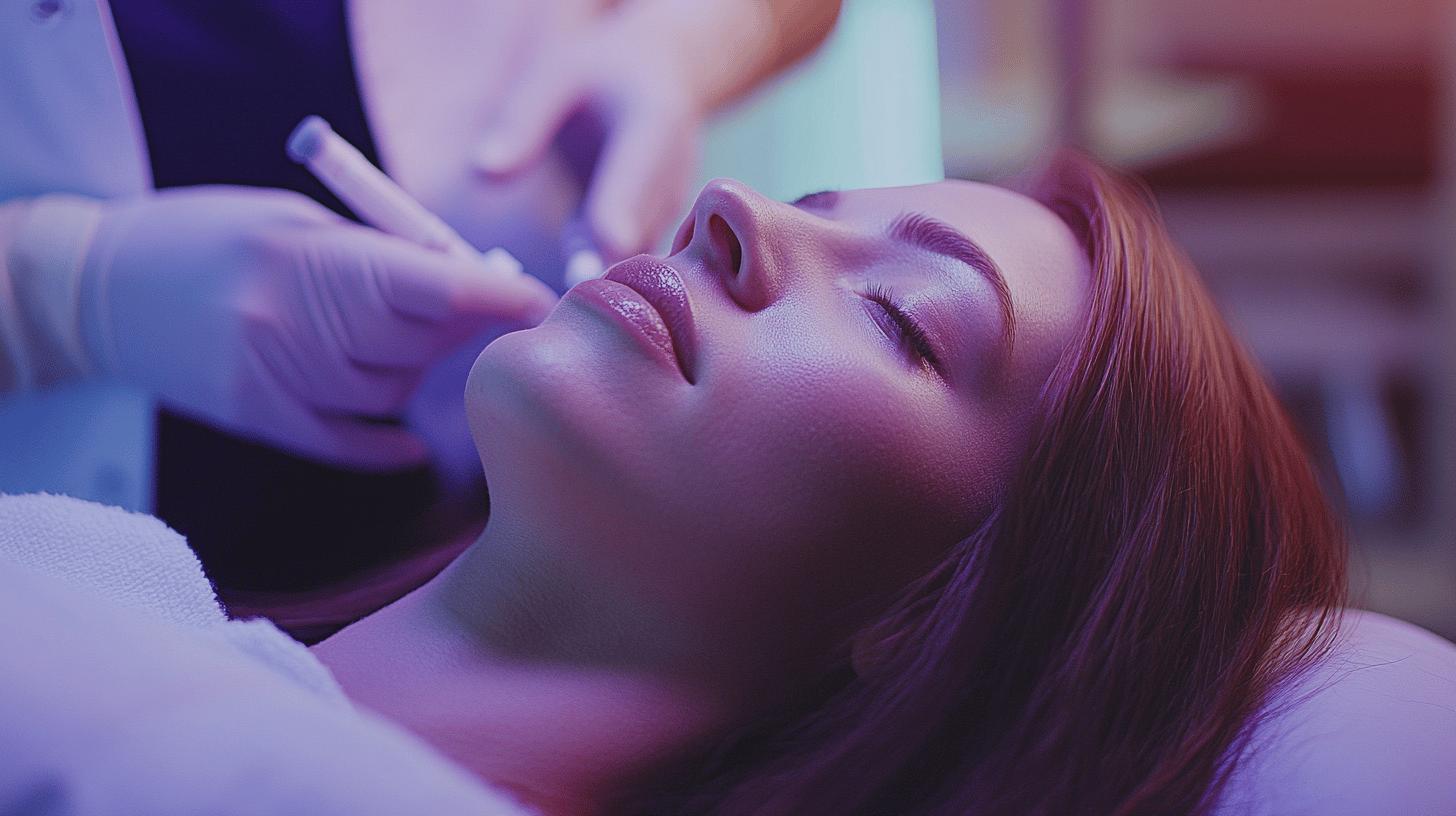
Microneedling sessions typically last between 30 to 60 minutes, depending on the area being treated. During the procedure, patients may experience minor discomfort, likened to a tingling sensation on the skin. This is often reduced by the application of a topical anaesthetic, which numbs the area and ensures the treatment is as comfortable as possible. It is important for patients to communicate with their practitioner about any discomfort felt during the session to ensure the experience is managed effectively.
- Consultation: A thorough consultation to assess skin type and treatment goals.
- Cleansing: Skin is cleansed to remove any impurities or makeup.
- Numbing: Application of a topical anaesthetic to minimise discomfort.
- Microneedling: The device is gently moved over the skin, creating micro-punctures.
- Post-Treatment Care: Application of soothing serums or creams to aid recovery.
Immediately following a microneedling session, the skin may appear red and slightly swollen, resembling a mild sunburn. These effects are normal and typically subside within a day or two. Patients might also notice a sensation of warmth in the treated area, which is a sign of the body’s natural healing process. It is crucial to follow post-treatment care instructions provided by the practitioner to promote healing and enhance the results of the procedure.
Microneedling Aftercare: Maximising Results
Aftercare is crucial for optimising the results of microneedling, as it aids in the healing process and enhances the overall outcome. Proper post-treatment care helps protect newly rejuvenated skin and ensures that the benefits of the procedure are fully realised. Without appropriate aftercare, there is a risk of prolonging recovery time and diminishing the effectiveness of the treatment. Ensuring that the skin is treated gently and provided with the necessary care is essential to achieving the desired improvements in skin texture and tone.
Protecting the skin from sun exposure and environmental factors is imperative following a microneedling session. The skin becomes more sensitive post-treatment, making it susceptible to damage from UV rays and pollutants. Applying a broad-spectrum sunscreen and wearing protective clothing, such as hats, can help shield the skin from harmful elements. It’s also advisable to avoid intense workouts and hot baths, as excessive heat can exacerbate swelling and irritation. By taking these precautions, the skin remains safeguarded during its most vulnerable stage.
Incorporating the right skincare products into your post-microneedling routine is essential for promoting skin recovery and enhancing results. Gentle cleansers and moisturisers, free from harsh chemicals and active ingredients like retinol, are recommended to maintain skin hydration without causing irritation. Prescribed creams and serums specifically designed for post-treatment care can soothe the skin and support its natural healing processes. Consistent use of these products enables the skin to recover efficiently and maintain its improved appearance.
| Do’s | Don’ts |
|---|---|
| Use gentle cleansers | Avoid retinol and harsh activities |
| Apply sunscreen daily | Stay out of direct sunlight |
| Keep skin hydrated | Avoid intense exercise |
| Wear protective clothing | Skip hot baths and saunas |
| Follow the prescribed skincare routine | Don’t pick or scratch at the skin |
| Consult your practitioner for concerns | Ignore post-care instructions |
Addressing Common Concerns and Risks of Microneedling
Microneedling is generally well-tolerated, but it does come with some common side effects. These often include redness and a sunburn-like appearance, accompanied by temporary swelling. To manage these effects, it is advised to apply soothing creams or serums recommended by your practitioner. Avoiding sun exposure and applying a gentle, broad-spectrum sunscreen can also help protect sensitive skin. The redness and swelling usually subside within a day or two, allowing the skin to gradually return to its normal state.
- Infection: To mitigate this risk, ensure the procedure is performed by a qualified professional in a sterile environment.
- Pigment Changes: Use sun protection and follow aftercare instructions to minimise the risk of hyperpigmentation.
- Skin Irritation: Opt for recommended skincare products to avoid exacerbation of irritation post-treatment.
Consultations are crucial for identifying any contraindications that may affect the suitability of microneedling for an individual. Certain medications or health conditions might not be compatible with the procedure. During the consultation, a professional can assess skin type, medical history, and treatment goals to ensure safety and efficacy. This step is imperative to avoid complications and to tailor the procedure to meet the specific needs of the patient effectively.
Enhancing Microneedling Results with Additional Therapies
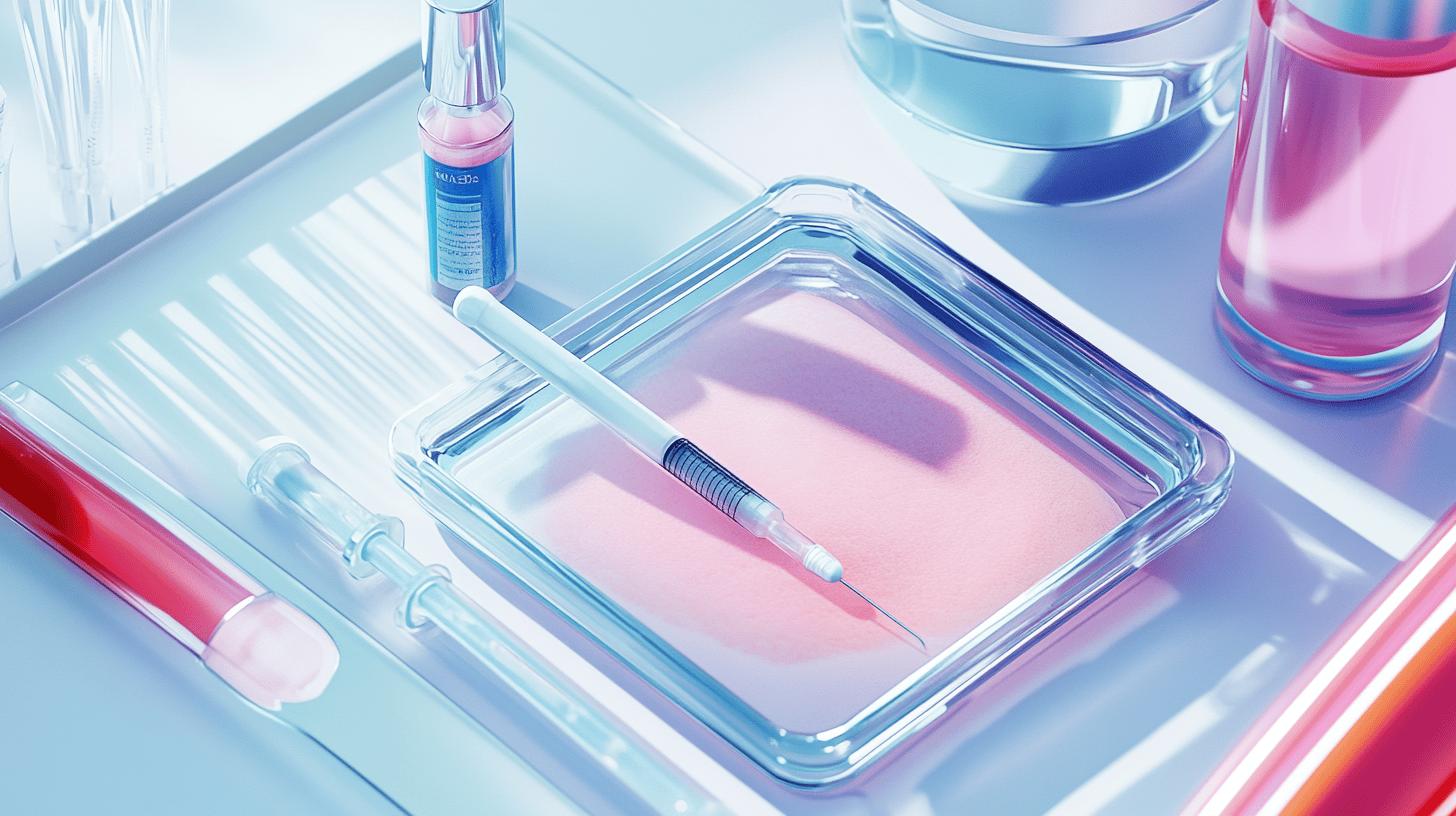
Microneedling with PRP (platelet-rich plasma) is a popular combination that significantly boosts treatment outcomes. What is PRP therapy? PRP therapy involves extracting a small amount of blood, processing it to concentrate the platelets, and then applying this enriched plasma to the skin. How does PRP enhance microneedling? The growth factors in PRP stimulate collagen production more effectively, enhancing skin texture and elasticity. This combination accelerates healing and maximises rejuvenation, leading to smoother, firmer skin with reduced signs of ageing.
Enhanced absorption techniques using serums can further amplify microneedling results. How do serums enhance microneedling effects? After microneedling creates microchannels in the skin, applying targeted serums can significantly increase their absorption. What serums are typically used? Serums rich in hyaluronic acid, peptides, or antioxidants are commonly used to nourish and hydrate the skin deeply. These serums penetrate the deeper layers of the skin, providing essential nutrients and boosting the skin’s reparative processes. This enhanced absorption contributes to a more even tone and brighter complexion.
Best Practices for Combining Therapies
- Consultation: Always consult with a qualified professional to determine the best combination for your skin type and goals.
- Timing: Schedule additional treatments such as PRP on the same day as microneedling or within a short window to maximise benefits.
- Product Selection: Use high-quality, dermatologist-recommended serums to ensure safety and efficacy.
- Follow-Up: Adhere to post-treatment care instructions to maintain results and prevent complications.
Final Words
Understanding microneedling involves recognising the intricate balance of process, benefits, and post-care activities to maximise results. This rejuvenating treatment, with its collagen-stimulating capabilities, offers substantial improvements in skin texture and tone.
Expect a calculated procedure designed for safety and efficacy, ensuring minimal discomfort. Comprehensive aftercare and the consideration of additional therapies such as PRP enhance its effectiveness further.
By acknowledging common concerns and engaging in thorough consultations, individuals secure optimal outcomes. Embracing these dynamics allows one to harness the full potential of microneedling, paving the way for a transformed and revitalised appearance.
FAQ
Understanding Microneedling: What to Expect and How to Maximise Results
Q: How do I get the best results from microneedling?
A: To achieve optimal results, maintain a consistent aftercare routine, stay hydrated, and use recommended serums to enhance collagen production. Avoid sun exposure and follow professional aftercare guidelines closely.
Q: How long does it take to see full results from microneedling?
A: Full results typically appear within four to six weeks as collagen regeneration continues. Multiple sessions may be needed for more significant improvements in skin texture and tone.
Microneedling Benefits and Effects
Q: What are the benefits of microneedling?
A: Microneedling offers numerous benefits, including improved skin texture and tone, wrinkle reduction, scar minimisation, and enhanced collagen and elastin production, leading to a youthful appearance.
Microneedling at Home and Professional Sessions
Q: Can microneedling be done at home, and is it effective?
A: While at-home microneedling kits are available, professional treatments are recommended for safety and effectiveness. Professionals use advanced devices and techniques, ensuring better results and reducing risks.
Microneedling Pain and Side Effects
Q: Is microneedling painful?
A: Some discomfort may occur during the process, but topical anaesthetics usually minimise pain. Post-treatment, the skin might appear red and feel sensitive, similar to a mild sunburn.
Q: Why might skin look worse after microneedling?
A: Temporary redness and swelling can make skin appear worse post-treatment, but this typically subsides within a few days, revealing improved skin texture and tone.
Microneedling Aftercare
Q: What are the best products to use after microneedling?
A: Use gentle cleansers, hydrating serums, and moisturisers. Avoid retinol and active ingredients. Sunscreen is essential to protect healing skin from UV damage. Consult your provider for personalised product recommendations.
Enhancing Microneedling Results
Q: How do you increase collagen after microneedling?
A: Boost collagen production by using peptides and hyaluronic acid serums post-treatment. Maintain a healthy diet rich in vitamins C and E to support overall skin health.
